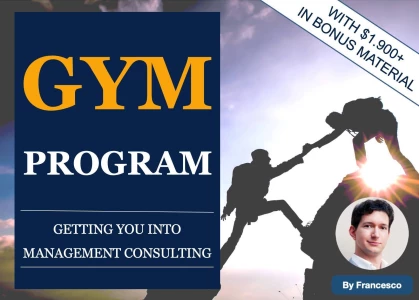Hi,
I have practised 20+ cases, and most of the feedback given to me converge on two main problems, and doing poorly in prioritizing which branch to proceed with my analysis is one of them - say, for 4C structure, I'm lacking sense of what are the key 1st and 2nd level bracket I should first look at.
Take 4C as an example, I knew that as a rule of thumb, market attractiveness (1st-layer) is always important; from previous cases that I know for clients in the manufacturing industry, the key company capabilities (1st-layer) to look at is its revenue and cost structure (2nd-layer). But I don't have enough of business knowledge in other industries if I come across them in future cases.
So far I have attempted to accumulate knowledge from cases, but again it's rather fragmented and unstructured. Any advice is highly appreciated.
(edited)


